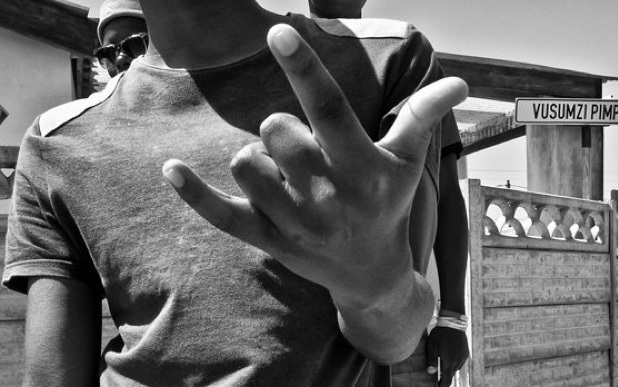Gangsterism: a stew of complex factors
15 August 2014 | Story by Newsroom
Has the time come to declare gangsterism a gross human rights violation, punishable under the United Nations Convention Against Torture?
Valdi van Reenen-Le Roux's challenge came during post-panel presentation discussions at the opening of the three-day seminar, Gangs: Merchants, Warriors and the Numbers, hosted by UCT's Safety and Violence Initiative and the Centre of Criminology in the law faculty.
Le Roux is director of The Trauma Centre in Woodstock, an NGO providing trauma counselling for victims of violence and torture.
"By the end of December last year we'd seen 4 900 clients," she told the gathering in the Kramer Building. "By July this year we had already seen 4 092 clients. And all those people come from communities affected by gang violence. Is it not time for us to begin to recognise gang violence as an act of torture in terms of the United Nations Convention Against Torture?"
South Africa has walked a long road in dealing with endemic trauma caused by political violence, thanks to initiatives such as the Truth and Reconciliation Commission.
But have gangsterism and its fallout slipped the net?
Domesticated torture
"South Africa has domesticated torture; it's now a crime," said Le Roux. "Gang violence should be located within the context of gross human rights violations.
"When we go into a community that's experiencing gang violence, it's like watching a movie in slow motion. When the shots go off, the way people fall to the ground, the way learners move into the corners of a classroom ' as counsellors it's just overwhelming to actually see people's reactions.
"And when we look at the question of victim reparation, what's happening to provide redress to victims of gang violence?"
On the surface, this is the most common response to gangs; anti-social, brutal communities. Over the past two years, gang-related violence, death and injury in many Cape Flats communities has been very present in the news, underscoring Le Roux's experiences.
But gangs and gang violence are spawned by complex political, social and economic factors, as need to be understood from diverse perspectives, says Associate Professor Elrena van der Spuy, head of the Department of Public Law and a member of the Centre of Criminology, co-hosts of the seminar with UCT's Safety and Violence Initiative.
"Criminology has long been interested in issues relating to gangs, both on the street and inside prisons," said Van der Spuy. The centre has had a long research and policy engagement with gangs in the Western Cape.
"But gangs also provide employment opportunities and places of belonging," she added. "Gangs and gang violence are issues of pressing social and political concern and the seminar attempts to take stock of contextual factors that contribute to gang formation and how best to respond to gangs.
"How do we define gangs? When is a gang a gang? Which environmental factors contribute to gang formation? And what kinds of functions roles do gangs fulfill in neighbourhoods?"
The seminar's title, Gangs: Merchants, Warriors and the Numbers, tried to capture that diversity.
"Street corner gangs operate as defence armies protecting turf. They are the 'warriors'," explained Van der Spuy."But gangs are also businessmen-in-the-making, who trade in a wide variety of commodities '“ some of which are illegal, like drugs, and others legal, such as property and transport.
"As profit-maximising entities we could think of gangs as 'merchants' who pursue business interests. Inside South African prisons the Number Gangs are particularly strong. Traditionally, research has focused on Number Gangs with the view to figuring out differences between the 26s and 28s, for example, and how prison gangs shape prisons and how prisons shape gangs. The two are inter-locked.
"All in all it was our intention here is to take stock of changes in gang formation in the context of a globalised criminal economy. Gangs have become more diversified as they have evolved."
Gang strategy
The second session provided a platform for members of the provincial government and the South African Police Services. It was devoted to strategy and lessons learnt from previous attempts to 'deal' with gangs.
"What should a sensible anti-gang strategy look like?" Van der Spuy asked. "When gang violence breaks out there is often a demand to send in the troops to 'deal' with gangs. It is not always clear what such strategies will add up to. Shoot to kill? Deploy police to lock gang members up? Deploy police and community leaders to negotiate peace treaties between warring gangs? Deploy police to 'stabilise' an area '“ as in the case of Rio de Janeiro's favelas − with the view to creating space for development and job creation?"
Story by Helen Swingler. Image courtesy of Don Pinnock.
 This work is licensed under a Creative Commons Attribution-NoDerivatives 4.0 International License.
This work is licensed under a Creative Commons Attribution-NoDerivatives 4.0 International License.
Please view the republishing articles page for more information.










